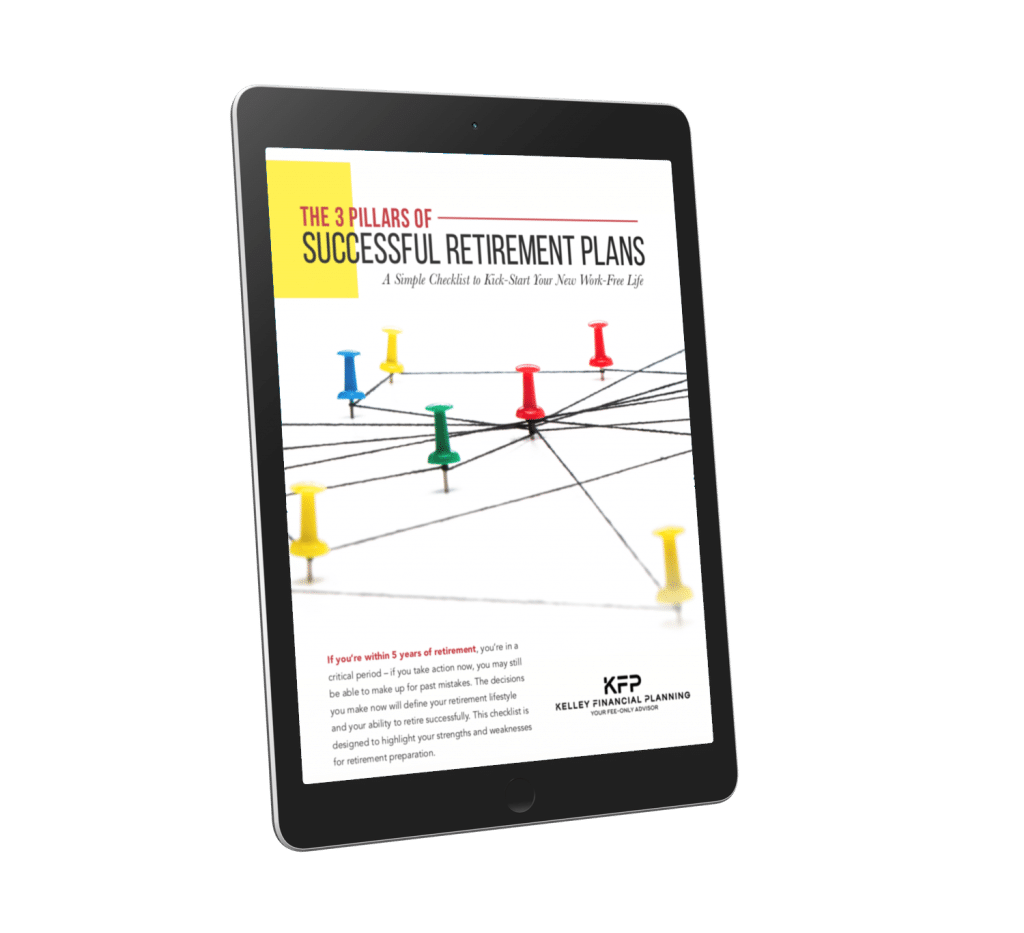What should you do with your old 401(k), 403(b), 457 or other Employer Plan?
You’ve been a diligent saver and set aside money into your employer’s sponsored retirement plan each pay. Now, as you leave that employer for another or maybe to fully retire, you’re wondering what you should do with the money you’ve set aside. I’ve laid out the 5 most common options for handling old employer plans and included the steps to execute each one.
It’s A Critical Decision
When you leave your employer (whether you’re changing jobs or retiring), your retirement plan doesn’t automatically move with you. You have to make a critical decision (or risk having that decision made for you in a way that’s better for the company or costs you money). Your employer plan is one of your most valuable retirement assets, and deciding where it should go next is a decision with plenty of nuances, pitfalls, and opportunities.
A Right Way And A Wrong Way
Handle it the right way, and you’ve protected your money’s tax-deferred growth and are in an optimal position for your current and future goals.
Handle it the wrong way, and you’ve given yourself a surprise tax bill, potential IRS penalties, or robbed yourself of potential future wealth.
Option 1: Don’t Touch a Thing
If your employer’s plan allows it, you may be able to leave your account where it is, though you won’t be able to continue making contributions to it. However, you’ll be stuck dealing with whatever limited service is offered to ex-employees.
Pros:
If you retire after age 55, you may not owe a 10% penalty on withdrawals
If you own considerable company stock, you might qualify for a special tax break (called Net Unrealized Appreciation)
You may have access to plan loans
You may qualify for federal creditor protection
Cons:
You may end up with a trail of old accounts gathering dust
Not all employers will allow you to leave your plan (it may depend on the size of the account balance)
Plan fees may increase without your knowledge
You may have limited withdrawal options
Investment options are limited to the standard options currently offered to employees
Your investments may not be optimized for taxes or your overall financial goals
How to execute: Contact your previous plan administrator and ask to leave the plan in place.
Option 2: Move it to Your New Employer
If you’re still working, a new employer might allow you to simply transfer your old account balance to the plan they offer their employees. Not all employers allow you to do it, but it’s worth asking about.
Pros:
You’ll have your employer plans in one place
You won’t pay taxes on the distribution if you transfer directly
You’ll have the protections and benefits of the current plan
Cons:
Your new employer may not allow you to transfer your old account
You’ll be limited to the investment options offered by the new plan
Many employers will require you to wait to become eligible to enroll in the new plan
How to execute: Contact the HR department at your new employer and ask them to put you in touch with the plan administrator. If the transfer is possible, they’ll give you instructions on how to complete the move.
Option 3: Raid the Piggy Bank (Cash It Out)
You have the right to cash out your old employer plan and take a check. This is probably your worst move because the financial repercussions are serious (and permanent).
If you’re thinking about raiding your piggy bank, I strongly encourage you to get a second opinion since the costs are so high and often irreversible.
Pros:
You’ll get immediate cash
Cons:
You’ll owe income taxes on the account value
Your employer may automatically withhold 20% for taxes
You’ll owe penalties if you’re under age 59 1/2 (unless you qualify for an exemption)
You’ll do permanent damage to your long-term goals
How to execute: Contact your previous plan administrator and ask them to liquidate the account and send you a check.
Moving your old plan into an IRA gives you maximum control over your money (including advanced ways to optimize your taxes), but there are two basic ways to do it.
Option 4: The Not-So-Simple Indirect IRA Rollover
You have the option to take a check from your old plan and roll it over into an IRA within 60 days. Some people like the idea of having a free 60-day loan, but indirect rollovers are fraught with potential (and expensive) mistakes.
Pros:
You’ll get immediate access to the cash for 60 days
When the rollover is completed, you’ll get the benefits of an IRA, including:
• Access to many investment options
• Tax optimization strategies (including Roth conversions, backdoor Roth IRAs, etc.)
• Investment optimization for your overall financial picture
Cons:
You have to manually take the check and remember to deposit it into your IRA
Indirect rollovers get reported to the IRS
If you fail to roll the funds over within 60 days, you’ll owe taxes and potential penalties
You risk making your retirement funds fully taxable forever
You risk losing out on any market gains that happen within your rollover window
Your employer may automatically withhold 20% for taxes (and you’ll have to make up the amount from other funds)
You only get one indirect rollover every 365 days (no matter how many accounts you have)
Your new IRA might have higher fees than the old plan (we can help you evaluate them)
While you may be allowed to take penalty-free withdrawals from an employer plan after age 55, you typically can’t withdraw penalty-free from an IRA until age 59 1/2
Typically, assets in an employer retirement plan have greater protection from creditors than assets held in an IRA
Once you reach age 70 1/2, you’ll need to take Required Minimum Distributions (RMDs) from both employer plans and IRAs. However, if you continue to work past age 701/2, you generally aren’t required to take RMDs from your current employer’s plan
How to execute: Contact your previous plan administrator and ask them to liquidate the account and send you a check. You’ll have to send the check to your new IRA custodian (and have it deposited) within 60 days unless you qualify for a limited exemption to the 60-day rule.
If you’re thinking about doing an indirect rollover, I encourage you to reach out for help, since this is the type of rollover that most often leads to mistakes and IRS penalties. I can help you work through the options and make the smartest decision.
Option 5: Direct Rollover to an IRA
Directly rolling over your account assets to an IRA is called a “trustee-to-trustee” transfer, and is a seamless process that avoids all the limits placed on rollovers by the IRS. It gives you all the benefits of your own personalized IRA without the pitfalls of an indirect rollover.
Pros:
You’ll get the benefits of an IRA, including:
• Access to many investment options
• Tax optimization strategies (including Roth conversions, backdoor Roth IRAs, etc.)
• Investment optimization for your overall financial picture
• You’ll avoid all potential IRS penalties by never taking “custody” of the money
• You won’t owe taxes on the transfer
• Your employer won’t withhold any amount from the balance for taxes
Cons:
You’ll have to do some paperwork (we can help)
Your new IRA might have higher fees than the old plan (we can help you evaluate them)
While you may be allowed to take penalty-free withdrawals from an employer plan after age 55, you typically can’t withdraw penalty-free from an IRA until age 591/2
Typically, assets in an employer retirement plan have greater protection from creditors than assets held in an IRA
Once you reach age 70 1/2, you’ll need to take Required Minimum Distributions (RMDs) from both employer plans and IRAs. However, if you continue to work past age 70 1/2, you generally aren’t required to take RMDs from your current employer’s plan.
How to Execute: Contact your previous plan administrator and ask them for a “direct rollover” to your IRA. They’ll give you the next steps they need you to take (such as giving them the name of your new IRA company).
A direct rollover is the smartest way to avoid nasty rollover mistakes, but it comes with a little paperwork and careful consideration of the right kind of IRA.
Want help? Give my office a call, and we’ll set up a time to walk through the paperwork together and talk through your options to make the smartest rollover decision.













